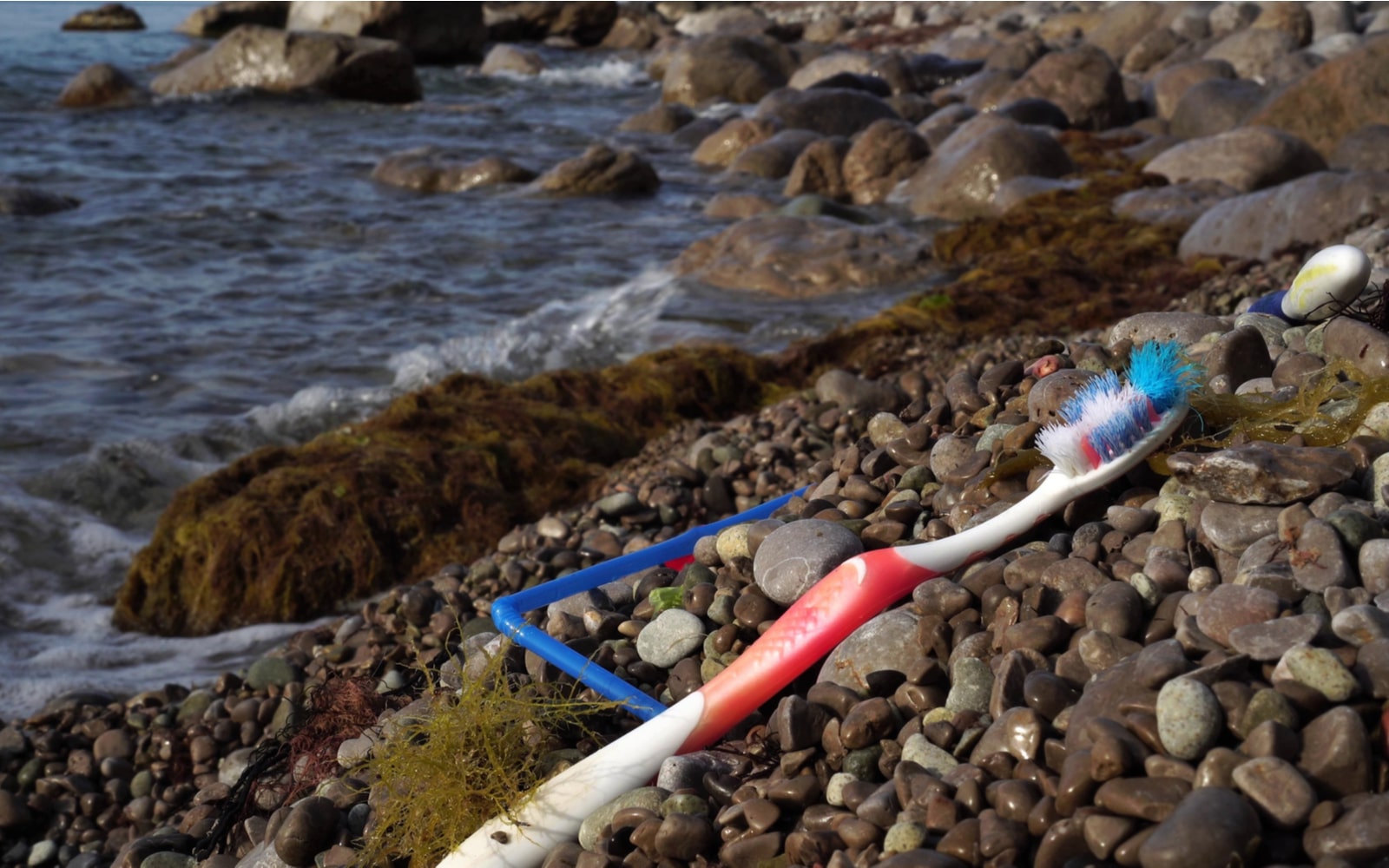When you look into your medical cabinet, what’s the first thing you notice? Once you get past the first glance of medicine bottles, toothpaste, and toothbrushes, you may notice a trend. Almost everything in our bathroom is made of or contained in plastic. Even our mouthwash is contained in a large plastic bottle we just toss when we’re done with it. Once the floss, its container, the tube of toothpaste, and the toothbrush find their way into the garbage, the waste level is staggering. Consider how much you throw away each year and how many in your home do the same. All of that plastic ultimately finds its way into landfills or our ocean, where it will remain for decades or even centuries. Thankfully, it only involves a little effort to limit the impact of your dental routine on the environment.
Protecting Your Smile While Being Eco-Friendly
If we follow the ADA guidelines, we’ll be replacing our toothbrushes every six months. These guidelines do amazing things for our oral health. Unfortunately, they also generate an immense amount of waste as a result. Since the disposal of the products we use is outside the scope of the American Dental Association, it’s on us to change. You can take the initiative by following these four steps. While none of them will reduce plastic waste, they do affect environmental factors.
- Turn off the tap while brushing
- Rinse after you floss, not after you brush
- Toothpaste foam helps clean debris from between teeth
- Wash out your mouth and rinse without leaving the tap on.
If every person in the US followed these few steps alone, millions of gallons of water would be saved each day. For those of us that pay for city water, it also serves to reduce our water bill. How much? Consider that leaving the tap running wastes 4-8 gallons per person. With four people, that’s nearly as much as a small swimming pool.
“But what about the plastic?” we hear you asking. Well, we mentioned floss above. Floss is made from plastic and comes in plastic containers. Thankfully, however, there are alternatives you can use to limit plastic waste. They are just as effective and made from mulberry silk. They also come in biodegradable containers, so it all just melts away in the landfill. Some people consider reusable floss, but that comes with the risk of infection. Bacteria tend to linger on the floss, and it’s difficult to clean. This may seem like a small step but consider the following. It takes 80 years for floss to break down when not in a landfill. Consider how much you’ll go through in a lifetime and that it takes that long to degrade.
Your toothbrush is another place you can make changes. Electric toothbrushes tend to have less disposable parts, but they also use batteries. These batteries have to be disposed of eventually. The metals and acids used to make them then return to the environment, often causing pollution. Consider using a bamboo toothbrush instead. They’re inexpensive, sustainable, and rot away in the landfill in no time. If all that seems like too much trouble, just be certain to recycle your plastic toothbrush.
Speak To Your Dentist For Further Advice
If you want more ways you can protect the environment, speak to your dentist. They’ll not only be able to provide suggestions, but they’ll also vet the products you consider. They’ll know whether or not they’re capable of doing what they say.



